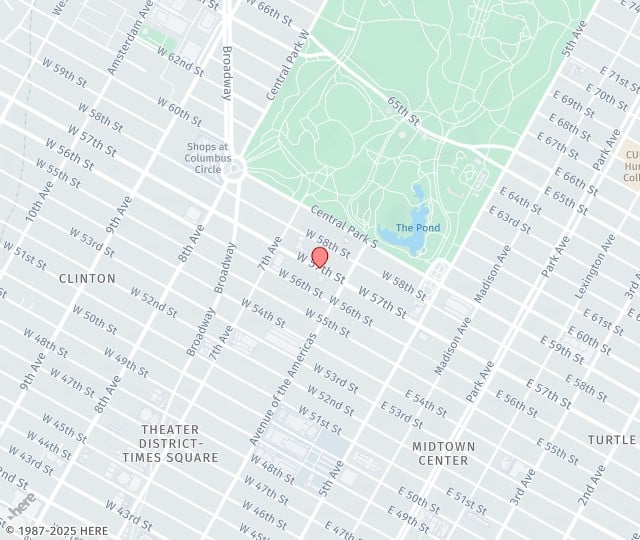 For many people, the idea of going to the dentist sends their heart rate through the roof. If you can relate to this, choosing to see a sedation dentist can be the best thing you do for your oral health. Historically, dentists didn’t know much about dental phobias. Fortunately, now we do. The more we have learned the nuances of various dental anxieties, the better the dental field has become at mitigating them. Dental phobias can stem from several factors, including:
For many people, the idea of going to the dentist sends their heart rate through the roof. If you can relate to this, choosing to see a sedation dentist can be the best thing you do for your oral health. Historically, dentists didn’t know much about dental phobias. Fortunately, now we do. The more we have learned the nuances of various dental anxieties, the better the dental field has become at mitigating them. Dental phobias can stem from several factors, including:
- Fear of pain
- Embarrassment about poor dental health
- Fear of needles
- Discomfort having someone in close personal space
- Feelings of helplessness
- Past trauma or PTSD
- Difficulty sitting still or maintaining muscle control
- Chronic pain
If you do not like seeing the dentist for any of these reasons or any other reason, you may be an excellent candidate for sedation dentistry. Dr. Louis Siegelman is more than a sedation dentist; he is a dental anesthesiologist with advanced training in the specialized field of anesthesia, offering a full spectrum of sedation techniques. When you consult with a dental anesthesiologist, you will discover which type of sedation is ideal for you. The three most common methods of sedation and various forms of anesthesia include the following.
Inhalation Sedation
Nitrous oxide is the mildest form of sedation. It has been common for decades as a calming agent and pain reducer. It used to be referred to as laughing gas. The reason for this name is that nitrous oxide often creates a feeling of euphoria, which can make some people giggly. Nitrous oxide is inhaled through a small cup that fits over the nose. It works quickly to calm anxiety and reduce a strong gag reflex. As quickly as nitrous oxide works, it can be reversed. For this reason, it is safe for children and allows adults to continue with their day as normal and safely drive right after their appointment.
Oral Sedation
Oral sedation may be administered by mouth starting the night before an appointment or about an hour beforehand. An oral sedative causes grogginess and reduces central nervous system activity, allowing patients to receive dental care, sit still during treatment, and remain comfortable during longer procedures. Because oral sedation is stronger than nitrous oxide and has been ingested, its effects take longer to wear off. Patients must have a companion escort them home.
IV Sedation
IV sedation is administered by the dentist for the duration of a dental procedure. This form of sedation may be ideal for patients who have experienced trauma, have a muscular or psychological condition that makes it difficult to sit still or have their provider in close contact with the face, or who are undergoing a longer procedure. IV sedation is closely monitored for safety and efficacy. Due to the depth of sedation, patients may be in a twilight sleep and will need someone to take them home.
General Anesthesia
Some circumstances require general anesthesia, which is administered by dentists with advanced training and anesthesiologists. A combination of inhaled gasses and intravenous medications bring the patient to an unconscious state. A thorough pre-op evaluation and medical clearance are required for general anesthesia. Because IV sedation is extremely effective, it is typically the best method for most patients; however, there are some situations that general anesthesia is useful and necessary.
Comfortable dental care can be the new norm. To schedule your visit to our NYC office, call (212) 974-8737.

